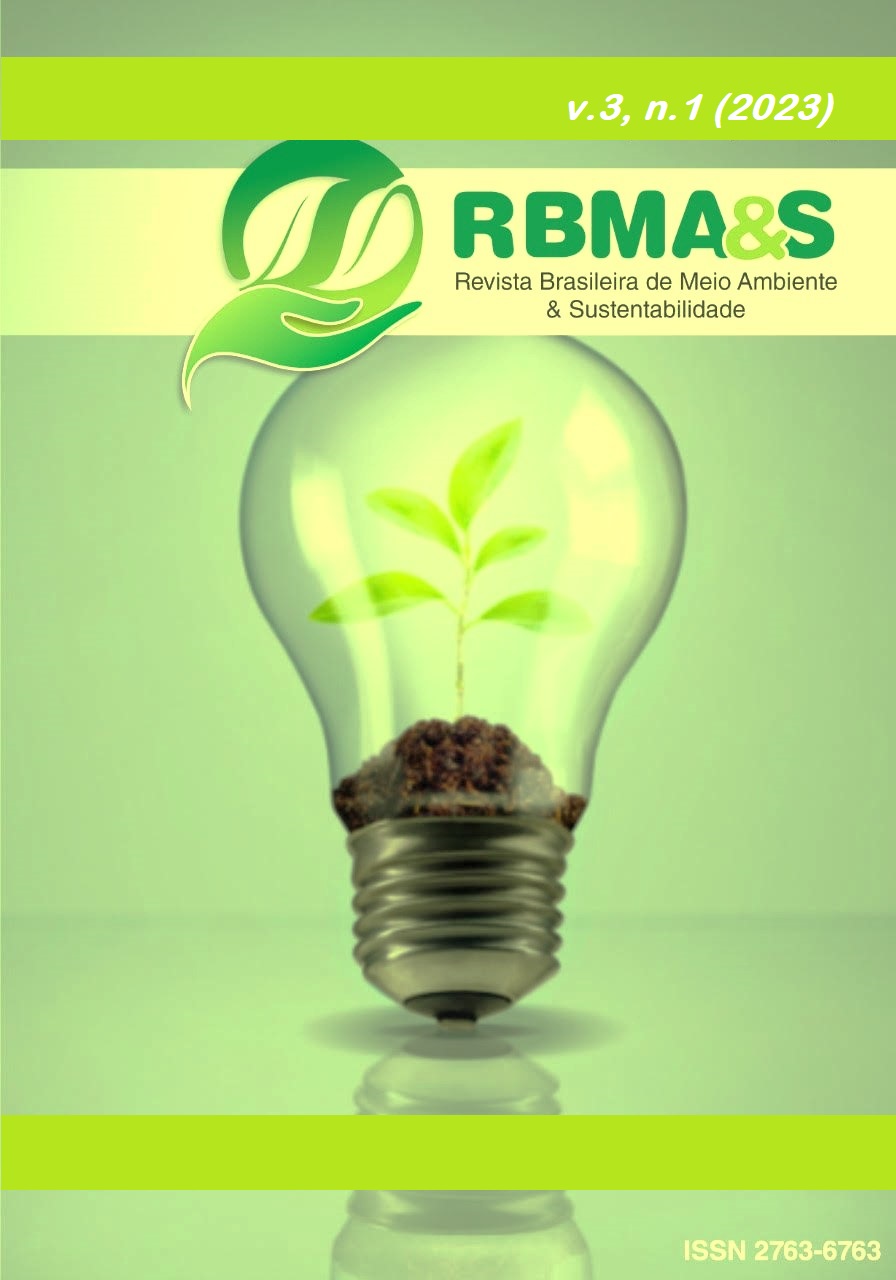BIOASSAY WITH ALLIUM CEPA IN THE SCREENING OF GENOTOXIC AND CYTOTOXIC COMPOUNDS PRESENT IN EFFLUENTS AND AFLUENTS IN BRAZIL: A SYSTEMATIC REVIEW
Main Article Content
Abstract
Human activities are potential causes of river pollution, such as the discharge of domestic, industrial, or agricultural effluents. 50% of affluents that receive sewage from the most varied sources do not receive any type of treatment, the main source of water contamination is sanitary. The data presented here have as main objective to identify and analyze the main tests with Allium cepa and its efficiency in the screening of genotoxic compounds in tributaries and effluents in Brazil, as well as pointing out their strengths and weaknesses. Thus, it is necessary that there is regular biomonitoring of these water bodies. Allium cepa (onion) is a low-budget method capable of showing the cytotoxicity and genotoxicity levels of the analyzed effluents and effluents. The study used pre-established standards according to the criteria available on the START (State of the Art through Systematic Review) platform, following the criteria: bioassays carried out with Allium cepa in affluents and effluents in Brazilian territory, in accordance with the guidelines of the APHA (Standard Methods for the Examination of Water and Wastewater). As a result of defining these criteria, the platform found 283 articles from the Scielo database, 85 from Google Scholar and 80 from Science Direct, totaling 448 articles, of all these, only 9 were analyzed in this study. Through this systematic review, it was possible to notice that there are great anthropic interferences coming from urbanization, which provoked high levels of toxicity that could be shown through this work.
Downloads
Article Details

This work is licensed under a Creative Commons Attribution 4.0 International License.

